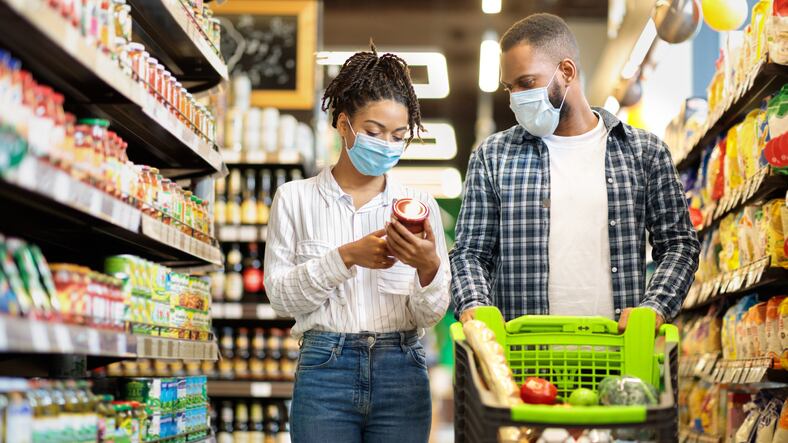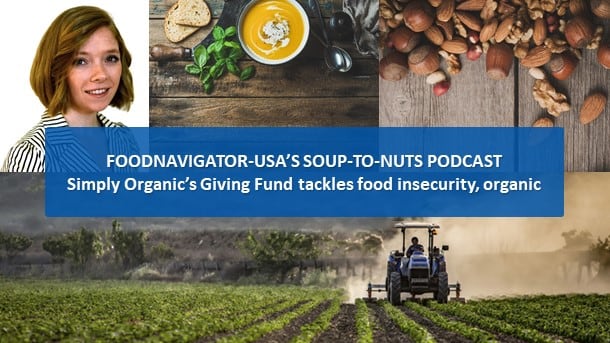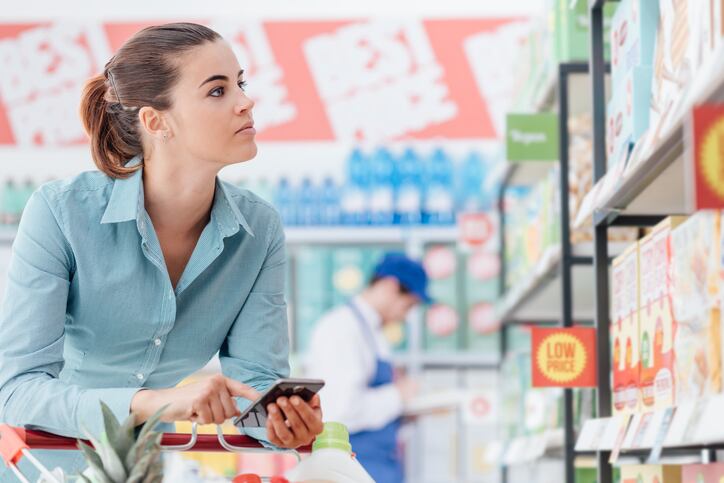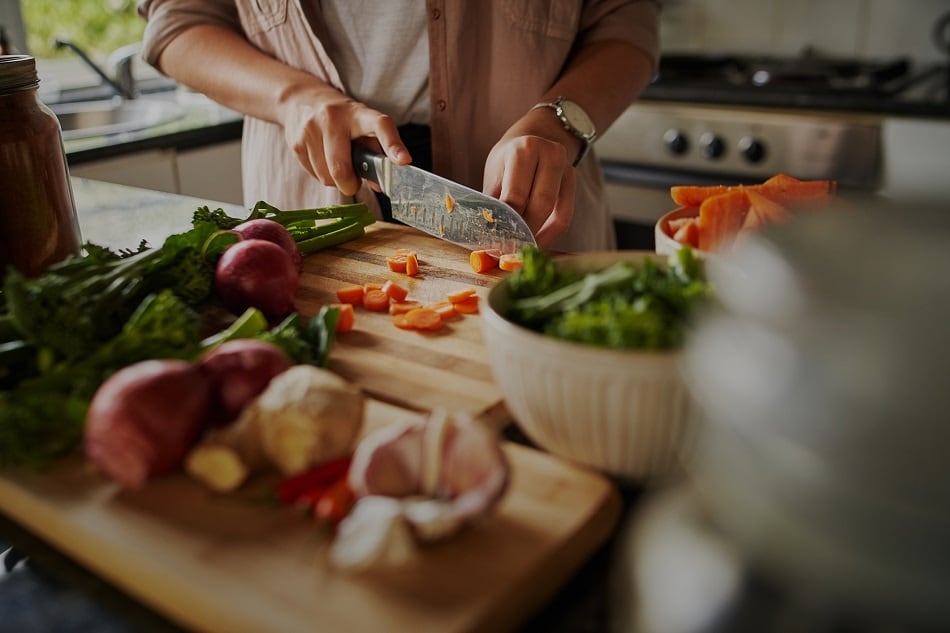However, consumers’ risk tolerance and willingness to return to their pre-pandemic shopping habits will vary based on how drastically they altered their behavior during the pandemic and how worried they were about contracting COVID-19, according to Acosta’s report COVID Consumer Journey: Passive to Panic.
Overall, the full-service sales and marketing firm found 60% of all shoppers say product availability will be their top priority post-COVID, followed by 52% who cite lower prices and 42% who indicated customer safety.
But a closer look reveals consumers who are most worried and pessimistic about the pandemic will prioritize the option for pickup, followed by customer safety, the option for delivery and finally product availability.
'Panic Button' shoppers...
For this group, which Acosta deems 'Panic Button' shoppers, lower prices are near the bottom of their list of priorities, with fast checkout, convenience and promotions coming in above it. Their least important priority is good customer service. These all suggest safety and speed to reduce exposure are top values.
Acosta describes Panic Button shoppers as more likely to be Gen-Xers with children or older individuals with no children and who report the highest level of concern about COVID-19 at 8.6 out of 10. This fear makes them more like to stock up on groceries and buy online. It also may make them more likely than those less concerned about COVID-19 to stick with their new habits after the pandemic with 82% reporting they plan to continue with some of their new habits and 27% staying they will maintain most or all of their new habits.
Panic Button Shoppers are just one of four consumer groups that Acosta has identified as emerging during the pandemic who based their shopping habits on their level of fear. The others include ‘social distancers,’ who rated their level of fear of COVID-19 at 7.7 out of 10, ‘Hunkering Down’ who rated their fear at 7.4, and 'Staying the Course,' whose collective fear came in at 6.3.
In general, among these groups, as the level of fear goes down, so does their emphasis on customer safety. Their willingness to revert to pre-pandemic habits also increases as their fear decreases.
'Social Distancers'
For example, 'Social Distancers,' which Acosta characterizes as “skewing toward employed millennials and/or millennials with children,” made moderate changes during the pandemic, including buying more groceries than usual. Their priorities for post-COVID are good customer service, followed by fast checkout, customer safety and an option for pick up. Slightly more than three-quarters of this group report they will continue with at least some changed habits post-COVID-19.
Acosta found that consumers who are less fearful of COVID-19 in the 'Hunkering Down' and 'Staying the Course' groups are more price sensitive and less concerned about customer safety.
'Hunkering Down'
Shoppers in the 'Hunkering Down' group, which Acosta characterized as “leaning toward older and retired or unemployed individuals,” said their top priority post-COVID will be promotions. They also over-indexed in wanting lower-prices. But, they also were more likely to say they will prioritize delivery options, suggesting some lingering fears or a desire for convenience going forward.
Consumers in the 'Staying the Course' group, which Acosta says included more younger, employed males who made no real changes to their shopping habits over the last year, said their top priorities post-pandemic will be good customer service, followed by lower prices and convenience.
Like their counterparts in the Hunkering Down and Panic Button groups, however, consumers who have stayed the course during the pandemic were slightly more likely to prioritize delivery than not, but that might speak to their preference for convenience rather than fear, said Acosta.




